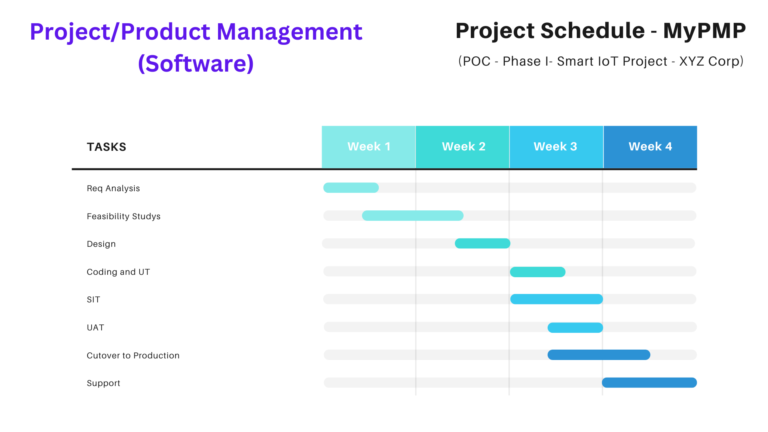Backlog
A backlog is a list of features, requirements, or tasks that need to be done for a software product, ordered by how important they are. The backlog is where the development team keeps all of the tasks that they plan to work on in future iterations or releases.
Usually, the product owner creates and manages the product backlog. It’s up to the product owner to decide which backlog items are most important based on their value to the business or customers. Most of the time, the items at the top of the backlog are the ones that are worked on first. Most of the time, the items at the bottom of the backlog are not as important and may not be worked on for a while.
Backlog items are usually written in a way that is easy to understand and includes details like user stories, acceptance criteria, and estimates of how much work will be needed to finish the item. As things are done, they are taken off the backlog, and new things are added as they are found or given a higher priority.
Backlogs can be used in agile software development methods like Scrum and Kanban, which focus on working together, developing software in small steps, and making improvements all the time. By keeping a prioritised backlog, the development team can focus on delivering the most valuable features first and adjust to changing requirements or feedback from stakeholders. Having a clear and visible backlog can also help make sure that everyone working on the project is on the same page about its goals and priorities.
Usage
It is used in Agile Project Management







